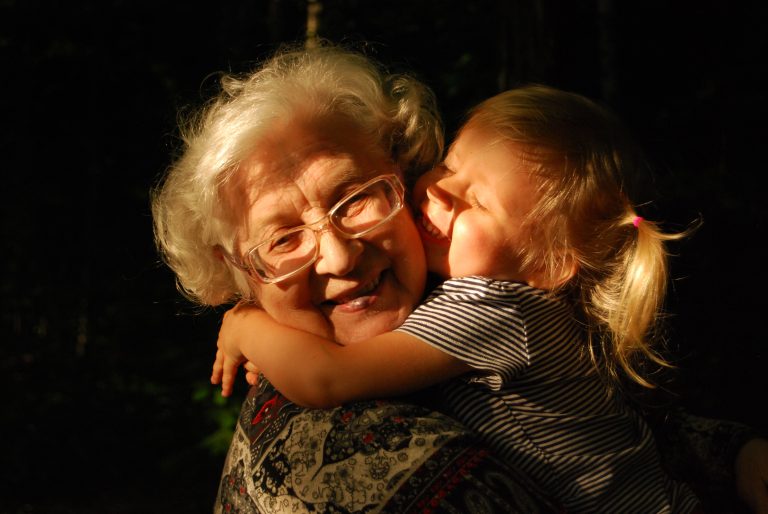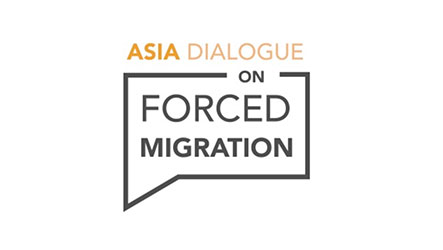John Menadue, a CPD Director and formerly Secretary of the Department of Immigration in the Fraser Government (1980 – 1983), offers a roadmap for those seeking the facts amidst the the heated debate about refugees and asylum seekers in Australia. He wades through the misinformation, lies and unfounded opinions to get to what we need to know to start a useful conversation. Read on if you’d like to join in.
The “race to the bottom” in our treatment of asylum seekers is littered with misinformation and untruth. It seems that the greater the untruth, the more traction it has in the community. The media has largely gone missing.
As described by the columnist David Roberts in climateprogress.org in the US, we are moving into an age of “post-truth politics” where there is little close examination of claim and counter-claim. We seem to have only players and no referees in public discussion. Facts have become a hindrance.
As the late Senator Daniel Moynihan, of New York, said “everyone is entitled to their own opinions but no one is entitled to their own facts”.
The politics of refugees is becoming a policy and fact-free zone.
Let’s look at some of the “facts” doing the rounds:
- At the last election Tony Abbott said that we are being “invaded” by boat people. But only about 2% of Australia’s annual migrant intake comes from asylum seekers and even less as unauthorised boat arrivals. Abbott is winning with his invented fact. Essential Research reports that 25% of Australians believe that 25% of our migrant intake is asylum seekers.
- Most media would have us believe that most asylum seekers come by boat. Pictures of boat arrivals are obviously more newsworthy than the much larger number of asylum seekers who steadily trickle through our airports every day of the year. According to the Australian Parliamentary Library, over the past decade 70% to 97% of asylum seekers came to Australia by air. They apply as visitors or students, are issued visas, and then apply for refugee status once they are in Australia. “Many use the services of people smugglers to come to Australia” (Department of Immigration and Citizenship, Fact Sheet 73). The Chinese are always near the top of the list of asylum seekers who come by air — 1217 in 2009 and 1202 in 2010. Over the years, only about 20% of asylum seekers who come by air are declared to be refugees. For boat arrivals it is more than 80%.
- Give us a picture of another rickety boat in the Arafura Sea and opinionated radio jocks tell us that we have lost control of our borders. But Australia’s 8250 asylum seekers per annum are minimal compared with the 358,800 who sought asylum in the 44 major industrialised countries in 2010.
- We are told that asylum seekers should not be allowed to “jump the queue”. There are 15.4 million refugees identified by the United Nations High Commissioner for Refugees (UNHCR), while there are almost another 30 million “people of concern”. The situation is fluid, unfair and quite disorderly. With just over 100,000 settled under orderly programs each year, only 1% of these people are resettled per annum. At this rate, according to the Refugee Council of Australia, a person putting his name on a list today for consideration as a refugee would wait 170 years for processing. Some queue! In any event, as Brian Brown put to me the other day, “Waiting in a queue is un-Australian”. We don’t like it and neither do desperate people. Or, as a Hazara woman recently said on ABC’s Q&A “If your house is on fire, do you wait to leave by the front door or do you jump out the nearest window?”
- The Coalition claims that the punitive Howard policies were successful in stopping the boats and asylum seekers, and that the government should pick up the phone to re-establish a processing centre in Nauru. It ignores the fact that the Pacific Solution cost more than $1 billion over five years, at enormous human pain, yet diverted only 46 persons away from Australia, at a cost of $35,000 each.
- When you analyse the asylum seeker flows to OECD nations since 2001, the ebbs and flow to Australia largely match those to other OECD nations. While it is likely that small differences in Australian numbers were caused by domestic policy, it is obvious that the most significant factor in the number of asylum seekers coming to Australia is the increase and decrease in global asylum numbers. The numbers have predominantly ebbed and flowed as a result of wars in Iraq, Afghanistan and the civil war in Sri Lanka, not because of Australian policy changes. If boat arrivals become more difficult, asylum seekers will try by air, or vice versa. What is important is the total number of asylum seekers rather than the particular form of unauthorised arrivals. The trend of unauthorised arrivals under John Howard followed global trends.
- The UNHCR Report on 2010 Asylum Levels and Trends in Industrialised Countries notes that asylum seeker numbers in Australia “have gone up for the sixth consecutive year”, that is, from 2004 to 2010. Obviously the numbers were increasing in the last three years of the Howard government. This reflected a worldwide trend in asylum seekers. The “push” factors were more important than the Howard government’s hard line. The trend of asylum seeker claims lodged in Australia over the four quarters of 2010 was downwards; 2437, 2012, 1980 and 1821. At the same time the trend was upwards in Europe, mainly Serbs fleeing their country. Again, these figures confirm that the trend of asylum seekers is primarily determined by push factors such as war, revolution and human rights abuses, rather than any deterrent policies of destination countries.
- Rarely, other than in the recently released Hugo Report, is there recognition of the quite remarkable contributions that the 750,000 refugees since World War II have made to Australia. We have given them protection, but they have made an enormous contribution to Australia in so many fields.Immigration Minister Chris Bowen seems unable to facilitate an understanding of the facts concerning asylum seekers. Tony Abbott and Scott Morrison invent facts.
We need an independent and professional commission with a small secretariat and budget to pull us back from the misinformation and the cynical politicisation of asylum seekers and refugees. If that is done, I am confident that, based on the facts and with leadership that appeals to our better instincts, the Australian community would have a clear understanding of the importance of protecting our borders and human rights.
With Malcolm Fraser’s leadership and the support of the ALP, we showed that we could do both when there were much larger outflows of refugees after the Vietnam War.




